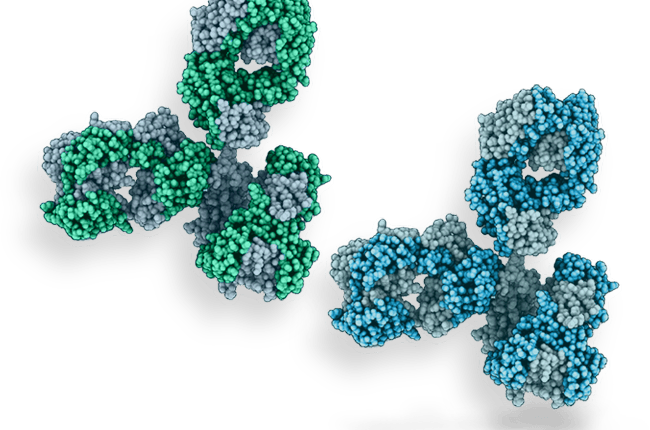By Chris Antypas
I see it every day. Patients anxious over the out-of-pocket costs of their medications. Questions about whether a cheaper alternative might be less effective than another. Frustration over limited options. I also see similar frustrations from insurance carriers and self-funded employers — struggling with increasing drug costs that are on a trajectory to break the bank.
As a pharmacist, I recognize there is no single solution for what ails the cost concerns over prescription drugs. However, my experience and common economic sense makes it clear that when we can create competition in the market, introducing new, safe drugs that strive for the best in quality in and price, we all win.
One sure way to come closer to that goal is through a greater adoption of biosimilars, a class of medication that is highly similar to a medication already approved by the FDA. They are manufactured differently from the “reference” drug and have some differences in chemical composition, but as we’ve seen in the existing U.S. biosimilar market and in the European Union, where they have significant biosimilar adoption, they are both safe and effective.
Nevertheless, there are only a few biosimilars on the domestic market today, and I – along with many of my colleagues – hope that more patients will have access to a broader selection of biosimilars in the near future.
Perhaps the most immediate advantage of approving more biosimilars is the potential savings throughout the health care system.
A recent study by the Center for Medical Economics and Innovation found that as of October 2019, despite biosimilars being approved to compete in nine biologic drug classes, they were generating over $240 million in total savings nationally. The study found if biosimilars had just a 25% market share, the potential savings for 2020 would have been $6 billion. In Pennsylvania alone, it could have been over $315 million.
It’s important to recognize that welcoming more biosimilars into the market is not so simple as wishing it were so. Part of their slow introduction is because they have a longer, expensive production process. Their reference products also pay rebates to pharmacy benefit managers and health plans, which hide the true cost of the reference and potential savings from adopting the biosimilar.
In addition, because biosimilars are not considered to be traditional generic medications, even if an insurer requires a patient to get a biosimilar rather than the brand name drug, the biosimilar cannot be substituted by a pharmacist until the patient gets a new prescription. That type of disruption could play a factor when an insurer decides if they want to place the biosimilar on their formulary — or list of covered medications — the next year.
Increasing biosimilars’ market share is not an impossible goal, but it will take the efforts of multiple stakeholders to accomplish. At the prescriber level, providers must educate their patients on biosimilars, removing any skepticism and fighting disinformation about the drug class.
With the cost of developing biosimilars higher than other drug classes, the FDA — which recognizes the safety and efficacy of biosimilars — may need to make concessions toward streamlining their development.
Lastly, our lawmakers and government officials have the ability to level the playing field by crafting legislation and creating policies and incentives that help steer more biosimilars to the market. Future laws and discussions regarding health care costs must include biosimilars as part of the conversation.In March, the U.S. Senate took a step toward furthering the conversation by passing legislation that would create a website to educate providers, patients and the general public about biosimilars, and the House recently passed a motion to consider the bill, as well. We can applaud this action, but far more is necessary.
With more options at the pharmacy counter, we can expect savings, quality medications and happier patients. It’s something I look forward to seeing every day.
Chris Antypas, PharmD is the owner and president of Asti’s South Hills Pharmacy in Castle Shannon.
The Allegheny County Medical Society and the Philadelphia Medical Society are aiming to learn more about prescriber knowledge of biosimilars and their benefits. Please take a few minutes to fill out their survey: https://www.surveymonkey.com/r/RSX66XS
Throughout the year, our writers feature fresh, in-depth, and relevant information for our audience of 40,000+ healthcare leaders and professionals. As a healthcare business publication, we cover and cherish our relationship with the entire health care industry including administrators, nurses, physicians, physical therapists, pharmacists, and more. We cover a broad spectrum from hospitals to medical offices to outpatient services to eye surgery centers to university settings. We focus on rehabilitation, nursing homes, home care, hospice as well as men’s health, women’s heath, and pediatrics.








